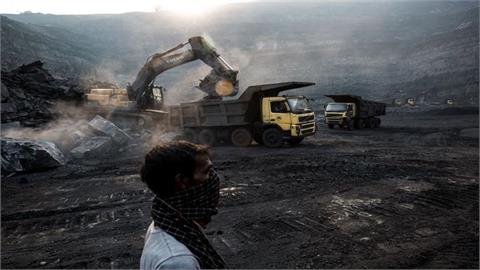Japan saw the biggest year-on-year increase in nuclear energy consumption last year with 64.9 percent, according to BP's Statistical Review of World Energy 2018 report.
The Far East country consumed 29.1 terawatt hours (TWh) of nuclear energy in 2017, accounting for about 1.1 percent of the world's total nuclear energy consumption, the report said.
The majority of countries saw an annual average nuclear consumption increase of 1.1 percent.
Last year's global nuclear energy consumption was 2,635.6 TWh which accounts for 4.41 percent of the world's total energy consumption.
Japan began shutting its 48 nuclear power plants after the Great East Japan Earthquake and the tsunami of March 2011 which damaged four reactors in Fukushima.
Since then, Japan has reformed its safety rules to create a new regulatory body tasked with ensuring that reactors that do come back online comply with new safety restrictions in line with what has been gleaned from the disaster.
All reactors remained offline between 2013 and August 2015, when the Sendai-1 reactor was restarted in the city of Satsumasendai in Kagoshima prefecture.
-Taiwan saw most decrease
Pakistan and the Netherlands followed Japan as the countries which saw the second and third biggest annual increases in nuclear energy consumption in 2017, with 39.5 percent and 35.2 percent, respectively.
The biggest decrease, on the other hand, was seen in Taiwan where nuclear energy consumption was down 28.9 percent compared to 2016.
Argentina had the second highest decrease in nuclear consumption with 25.3 percent, while Switzerland took third place with a 11.2 percent fall.
-US biggest nuclear consuming country
According to BP's latest report, the U.S. was the biggest nuclear energy consuming country in 2017, accounting for 32.1 percent of the world's total with 847.3 TWh.
France was ranked second with 394.4 TWh, followed by China where 284.3 TWh of nuclear energy was consumed last year.
(Anadolu Agency, 21/06/2018)



